These images show that water once filled a giant basin on Mars called the Jerezo crater, according to Reuters news agency.
This is the result of a study conducted by scientists from the University of California (USA) and the University of Oslo (Norway). The new discovery was published in the journal Science Advances on January 26.
Data collected by the rover has proven previous hypotheses by scientists, which suggested that some parts of Mars were once covered in water and could have harbored microbial life.
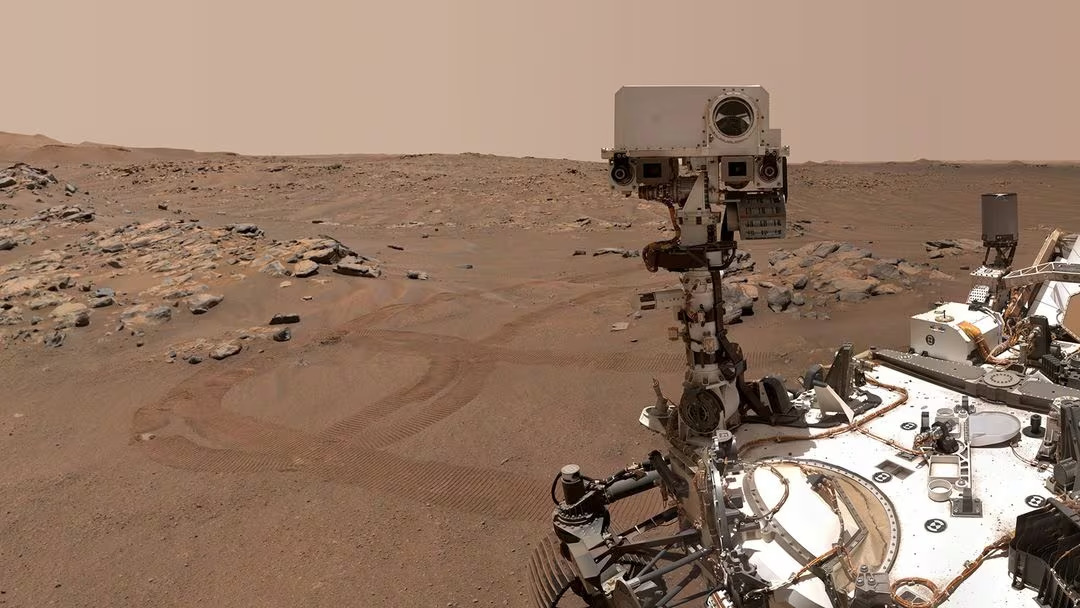
NASA's Perseverance Mars rover
The rover's RIMFAX radar instrument allowed scientists to map cross-sections of rock layers 20 meters deep. These layers provide "unmistakable" evidence that water was deposited in the Jerezo crater and surrounding plain.
The water supply may come from a nearby river, as lakes on earth do.
The findings reinforce long-standing predictions by scientists that cold, arid, lifeless Mars was once warm, wet, and perhaps habitable.
Scientists are awaiting a close-up examination of Jerezo’s sediments, thought to have formed some 3 billion years ago, in samples collected by Perseverance, which will be transported back to Earth in the future.
Meanwhile, another study also confirmed that the initial core samples drilled by Perseverance at four locations near where it landed in February 2021 were volcanic in nature, not sedimentary as predicted.
However, the two findings are not contradictory. Even volcanic rocks show signs of change when exposed to water. According to scientists, the sediments may have been eroded.
The RIMFAX radar also found signs of erosion before and after the formation of the sedimentary layers identified on the western edge of the crater, which is believed to be evidence of a complex geological history here.
Source link


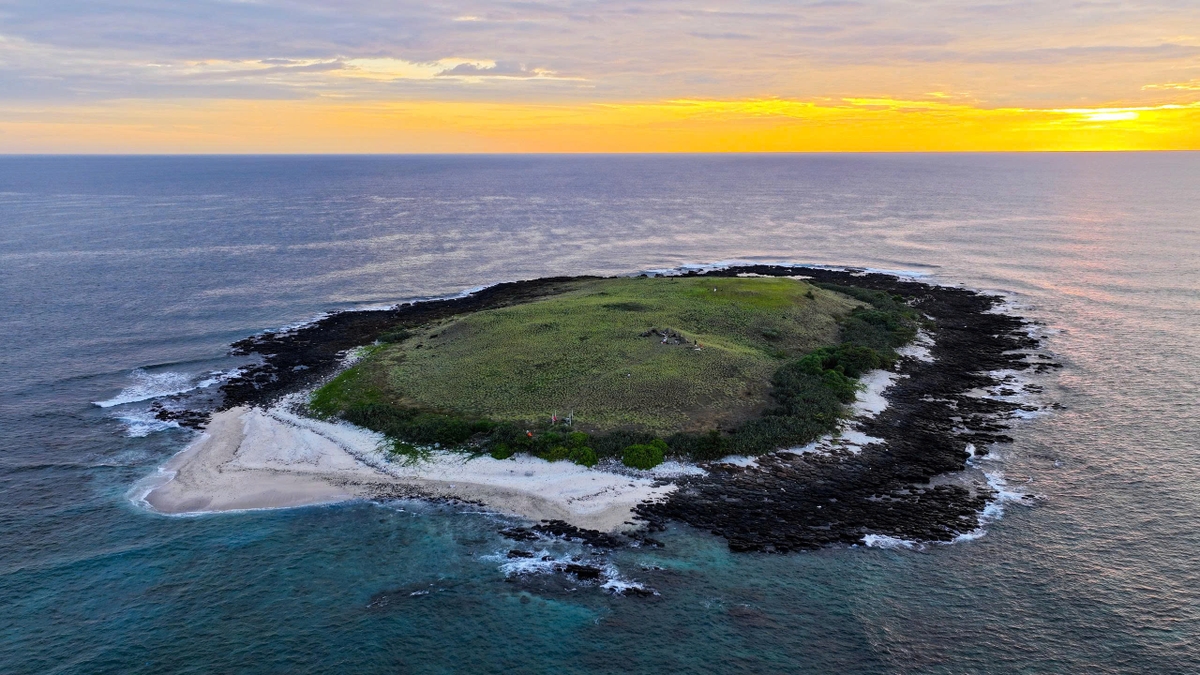




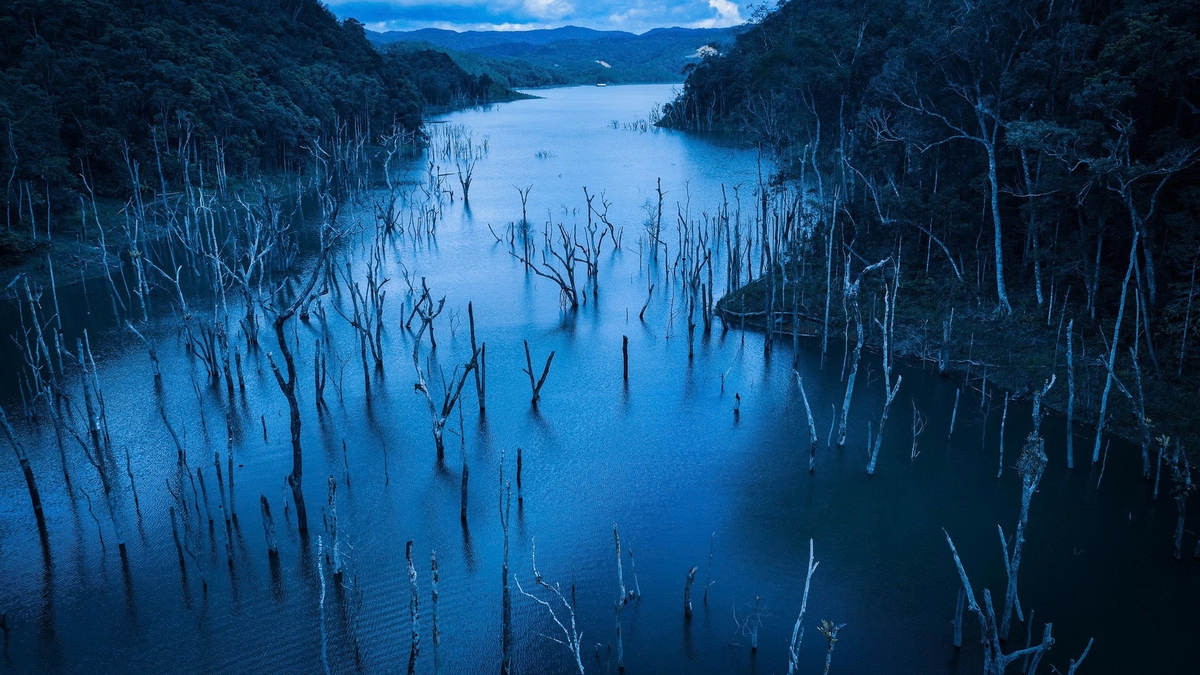

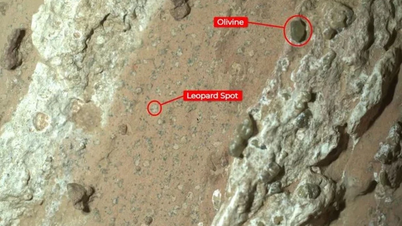



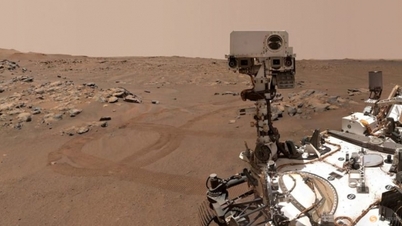

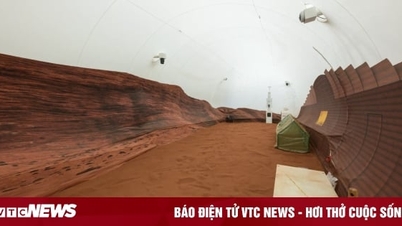

















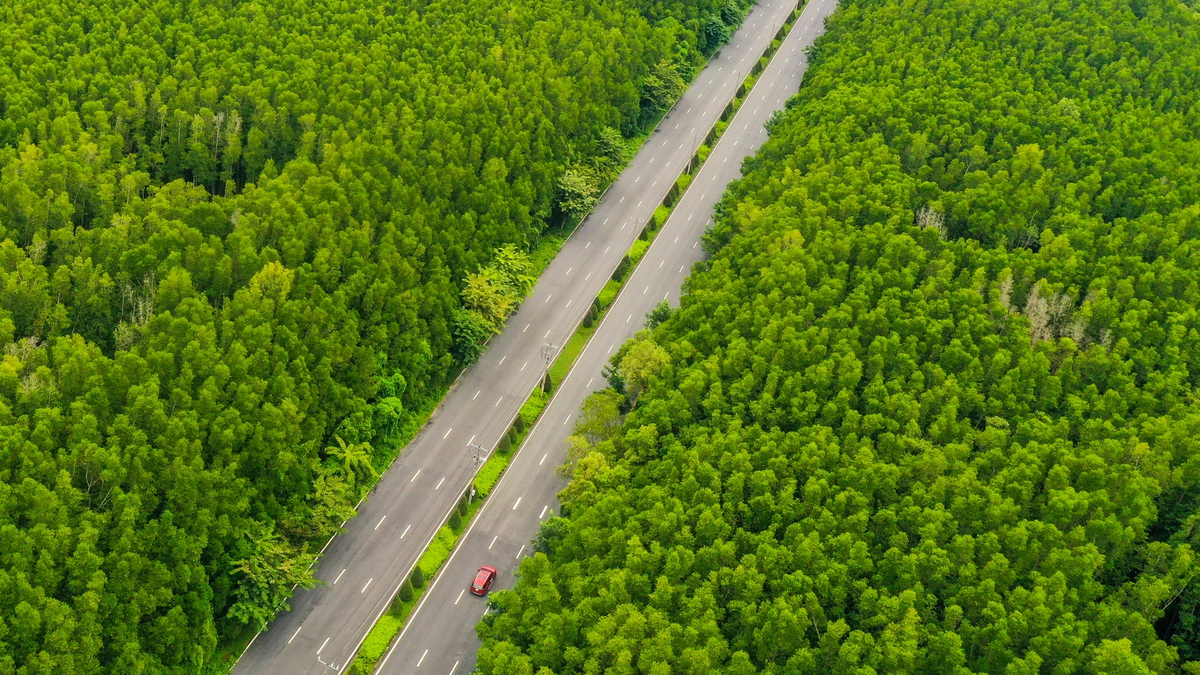






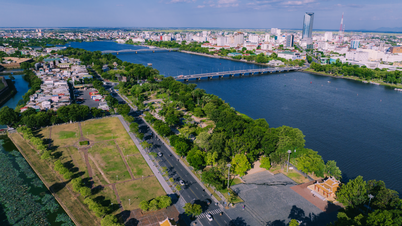

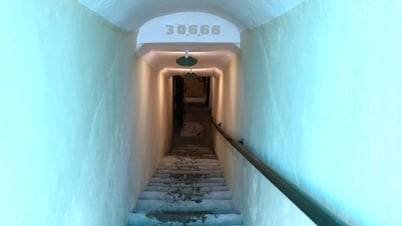

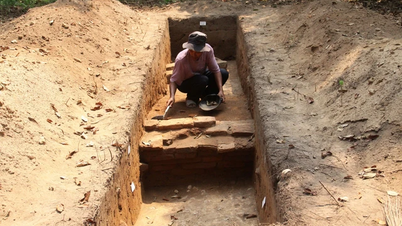




















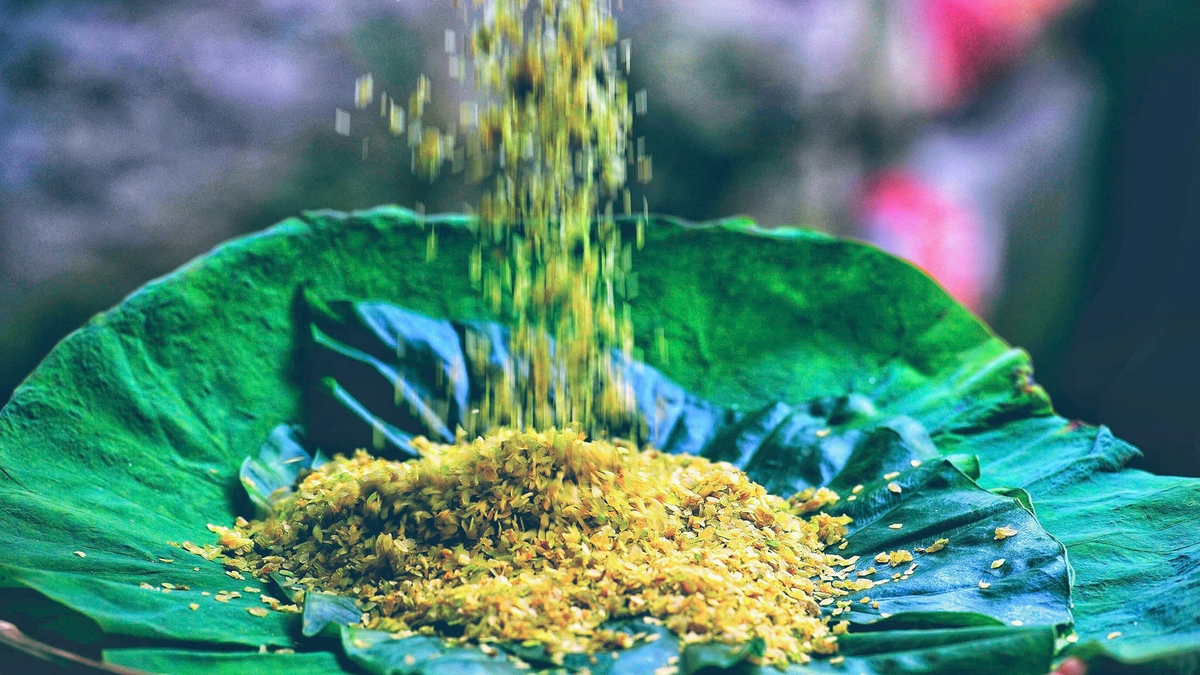







































Comment (0)